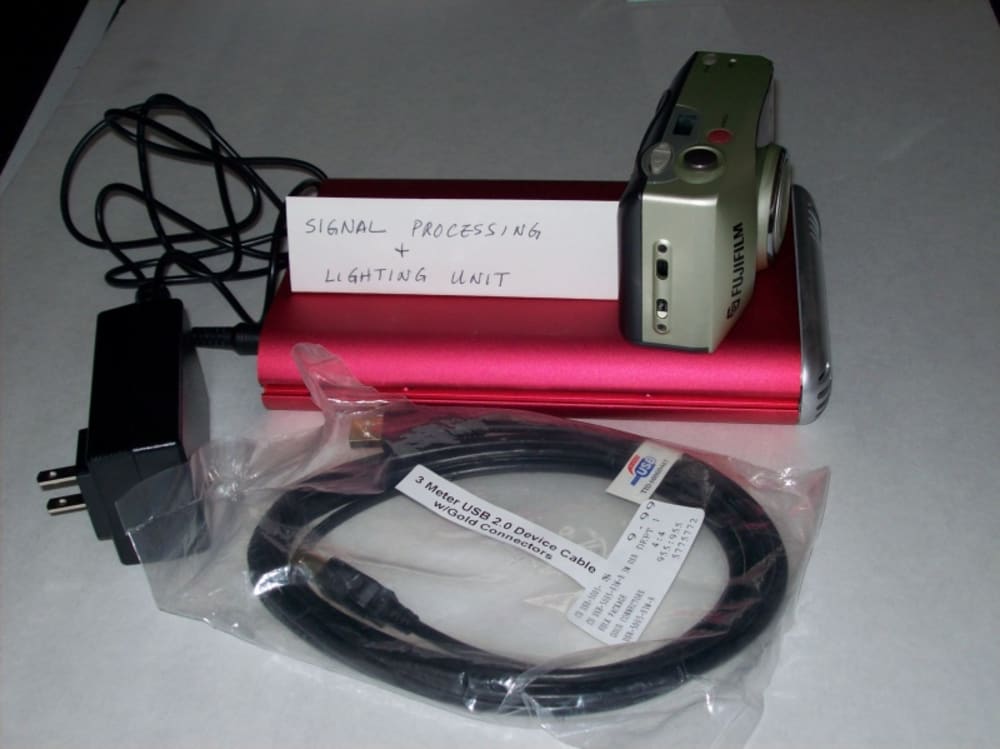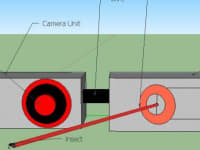Have you come across those annoying small insect-like flies? They will attack you when you are least expecting. They bring germs and virus to us. They are dangerous to our health. The only sure way to control them is to apply pesticides. The drawback is that these pesticides can damage our environment. Now here comes the savior, the state of art insect repellent. This electronic insect repelling machine uses many technologies from our space applications.
This state of art insect repellent has three basic components. The first one is a sensor/camera. When insects fly around the perimeter, the sensor will captures the image of small flying organism such as insects. The second unit is a signal-processing unit. The heart of this unit is an ASIC device. It would do image processing with a special algorithm such as MTI to identify the small insect. The result would sent to the Laser unit. The Laser unit would then point the laser beam to the location of flying insect and shoot a high-intensified Laser light to it. The laser light would either drive the insects away or kill them.
In order to make it inexpensive, this device uses ordinary commercial available components. It is low cost and portable. The best of all, it is environmental safe because we do not spray any chemical.
Like this entry?
-
About the Entrant
- Name:Chin Wong
- Type of entry:individual
- Software used for this entry:Design CAD, Orcad schematic capture and PCB, Google SKECTCHUP
- Patent status:pending





